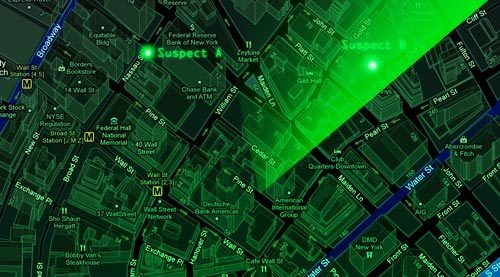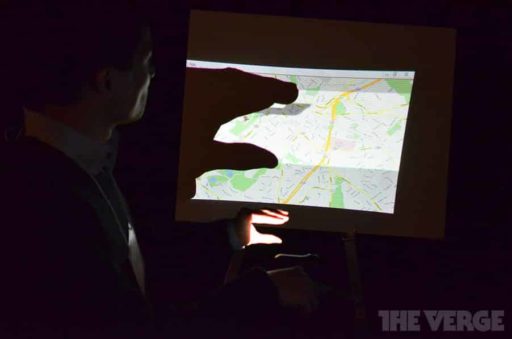Or follow your car anywhere, that is, even if you’re driving through the busiest part of downtown Manhattan. You know what that means, don’t you? All those action movies with elaborate car chases would look pretty stupid in the future.
Traditional radar relies on direct line of sight, so it’s tricky to track a vehicle that keeps nipping behind buildings. But DARPA believes that by using buildings as mirrors, it will be possible to identify a target vehicle from radar reflections. The experimental system is called Multipath Exploitation Radar.
The new radar combines three-dimensional urban maps with a Ku-band radar running at frequencies high enough to resolve vehicle details. This makes the MER capable of fixing a target on anything that moves on the ground. The system will depend on unmanned air vehicles, bouncing their radars on ground and buildings and comparing the patterns with 3D maps. The result would be a complete picture of the movement in a city. Once they nail the chasing of one vehicle, DARPA wants to enable multiple target tracking.
MER is expected to be compatible with the radar systems currently used to track vehicles, a DARPA spokesman told New Scientist. The team anticipates that using reflected radar will cover more ground than a line-of-sight system, making it possible to monitor a city of about 1000 square kilometers, such as Baghdad, with just three airborne radars. The three-dimensional model of a city needed to make sense of the reflection pattern could be created using LIDAR, the optical surveying technology which is routinely carried on aircraft.
Ain Sume of the Swedish Defence Research Agency says the “sound, well-known physical principles” behind MER make it feasible. His team built a radar system that detects people around a corner by using reflections from the opposite wall.
But Sume reckons it will take some time to turn DARPA’s plans into a viable system. Key challenges include maintaining a radar lock as the view shifts from line-of-sight to reflection and back, and establishing a unique radar “fingerprint” for each vehicle.





Sounds like a neat idea! Check out http://www.DennisHancock.com/mer for an in depth explanation.
Thank You Very Much for vising us.